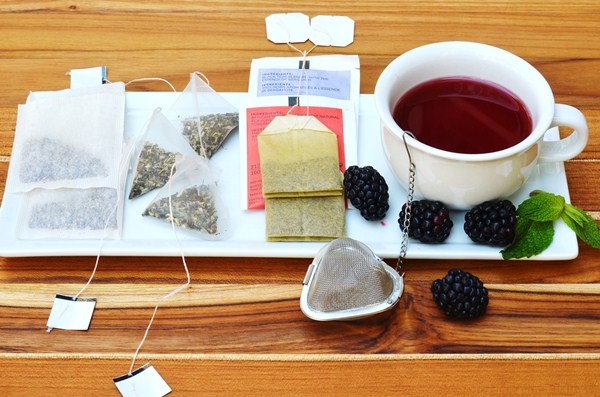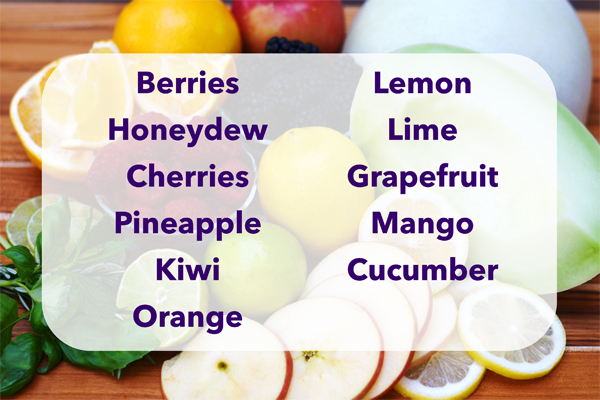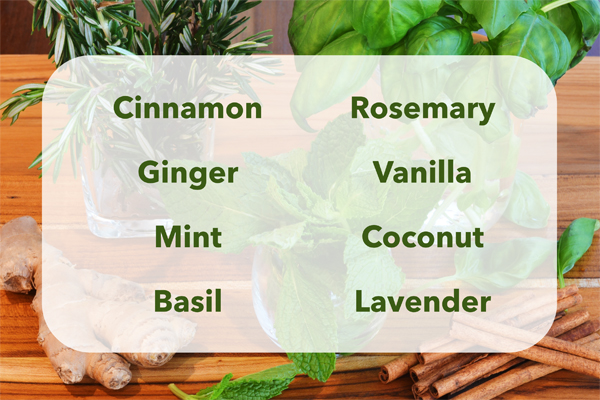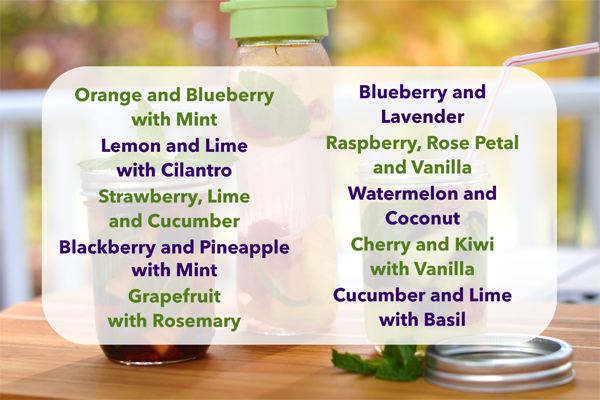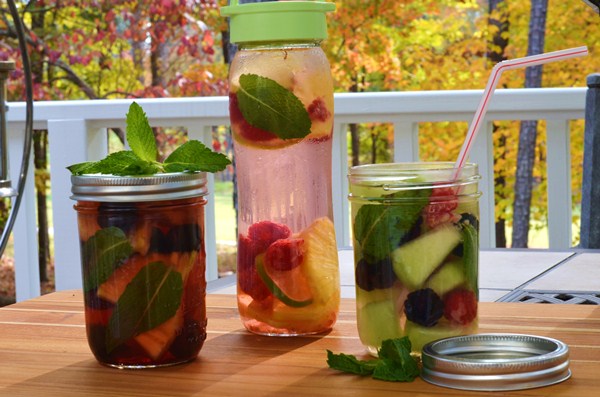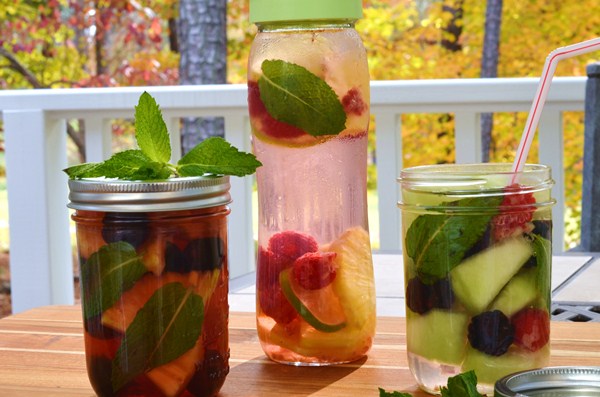
Healthier Alternatives to Quench Your Thirst
With research linking sugar to heart disease, diabetes and GI imbalances, many of us are trying to reduce or eliminate sugar. And to add salt (or sugar) to the wound, new studies are suggesting that some artificial sweeteners ALSO have negative health consequences.
When we look at the major sources of sugar and artificial sweeteners in our food supply, beverages like soft drinks, diet sodas and juices stand out as the biggest contributors for most Westerners. So, if we eliminate sugary and artificially sweetened beverages and juices, what’s left to drink?
With a little creativity and retraining of your taste buds, these 3 flavorful beverages can give you something to look forward to when it’s time to wet your whistle. And, bonus, each option offers health benefits.
Green and Black Tea
If you haven’t yet developed a taste for fresh brewed green or black tea, keep working on it. It’s worth the effort! Some health experts recommend drinking 3 – 4 cups of green and/or black tea daily and here’s why:
Green tea contains a phytonutrient called Epigallocatechin gallate, or EGCG. EGCG is a catechin which is a natural and powerful antioxidant which prevents oxidative damage in our healthy cells. Research has shown EGCG provides anticancer and antitumor properties throughout our bodies. Green (and white) teas are highest in EGCG while black tea contains smaller amounts due to oxidation that occurs during processing which alters the EGCG.
Black tea is high in an amino acid called L-Theonine. L-Theonine has been shown in some studies to reduce the body’s response to stress both physically and psychologically. In addition, studies found that tea drinkers experienced a more relaxed mental state in spite of the caffeine found in the tea. If caffeine is particularly a problem for you, a decaf version that uses a chemical-free, super critical carbon dioxide (CO2) decaffeination process can offer similar health benefits.
Be sure to skip the processed or bottled versions of tea and brew your own (we’re talking 1 - 3 minutes here). Train yourself to enjoy it without added sweeteners. If you require a touch of sweetness in your learning curve, add a couple of drops of honey, maple syrup or whole leaf stevia.
Flavored Herbal Teas
If regular tea doesn’t float your boat, give flavored herbal teas a try. Most herbal teas are caffeine free which is a good option for those wanting to avoid caffeine.
You can find a variety of flavors to suit any taste buds like:
- fruit: blueberry, apple, pomegranate, raspberry, orange
- sweet and spicy: peppermint, cinnamon, mint
- savory: ginger
Some of the sweet and spicy varieties are amazingly sweet without added sugar or artificial ingredients. One of my favorites is Good Earth® Sweet and Spicy Caffeine Free Herbal Tea.
Fruit Infused Waters
Infused waters have become a popular commodity for folks trying to lower their sugar intake but who struggle with the mundaneness of plain water. They are a simple, healthy way to personalize your water to the flavors you love.
You can use fresh or frozen fruits and vegetables like these to create endless flavor combinations:
Pair them with these complimentary spices and herbs for an extra kick of flavor:
Here are some flavor combinations that work well together:
Try this simple recipe to get started then change out the fruit and herbs as desired.
Blackberry, Pineapple and Mint Infused Water
Ingredients
6 cups ice
1 ½ cups unsweetened blackberries, fresh or frozen
1 ½ cups unsweetened pineapple, fresh or frozen
8 fresh mint leaves
1 ½ - 2 quarts filtered or sparkling water
Directions
- Pour the ice into a pitcher.
- Add the fruit to the pitcher and tamp the fruit with a spoon to release the juices.
- Scrunch the mint leaves between your fingers to release the oils and add them to the pitcher.
- Fill the pitcher with filtered or sparkling water.
- Cover and refrigerate for 3-12 hours.
- Fill your water bottles and enjoy your flavored water all day.
Chef’s Note: You can also make flavored water in individual pint-sized jars.
Click here for a printer-friendly version of this recipe.
Click here for a printer-friendly version of this blog post.

